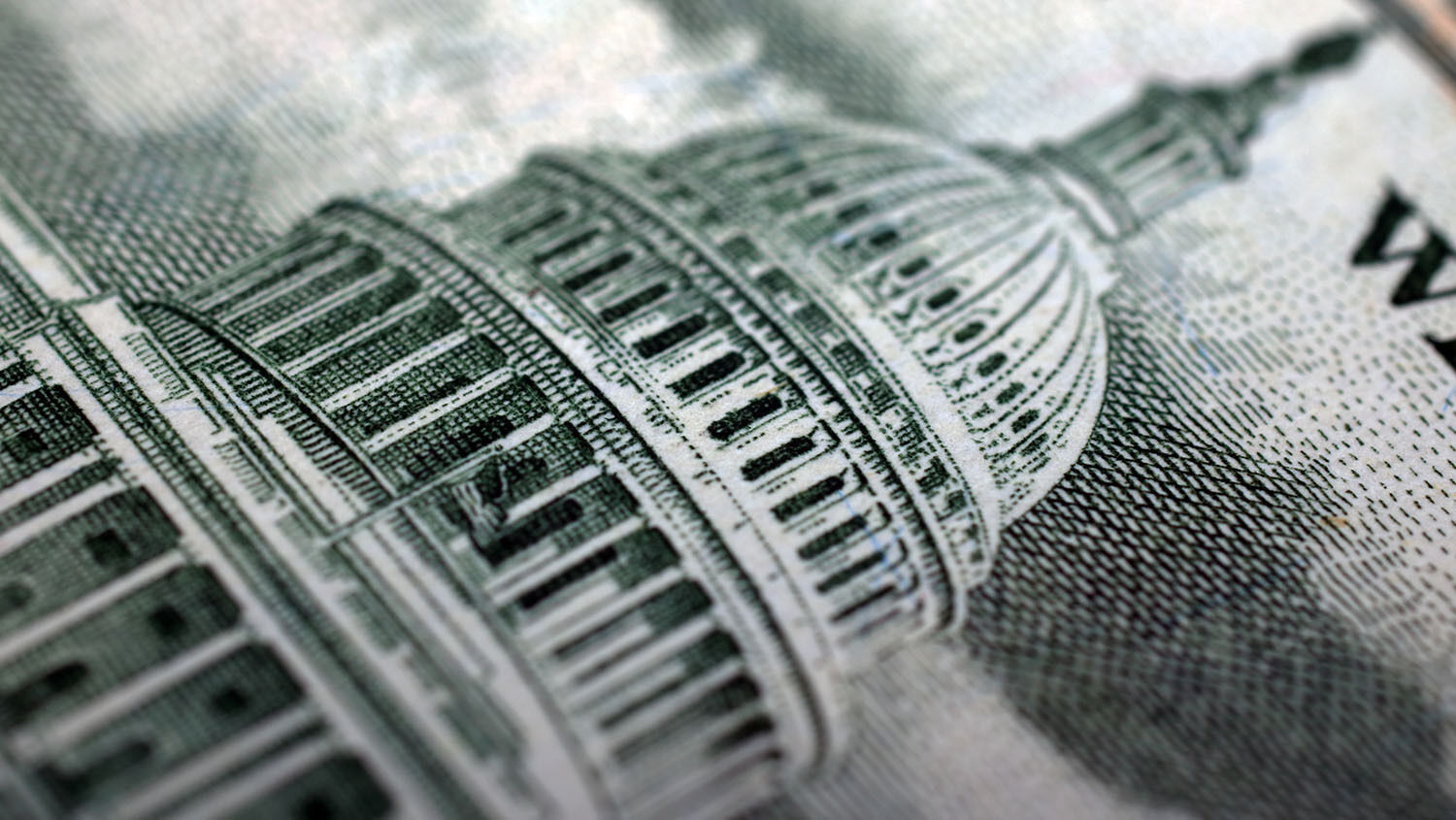
The Trillion-Dollar Deficit
The Congressional Budget Office (cbo) released its annual budget projection for the next 10 years, on April 9, and the results are shocking. According to the report, starting next year, the United States will have to borrow $1 trillion every year. Last year’s forecast had indicated it would be three years before the deficit hit this level. This year’s deficit projection increased to $804 billion—$245 billion more than last year’s projection. By 2028, the deficit will be more than $1.5 trillion.
According to the cbo, deficits as a share of the gross domestic product will be 5.1 percent between 2022 and 2025. “That percentage has been exceeded in only five years since 1946. Four of those years followed the deep 2007–2009 recession,” it stated. So America will be borrowing at financial crisis levels over the next 10 years, even without a financial crisis.
Reason reported, “Based on current trends, the debt held by the public is set to reach $15.7 trillion by the end of this year and continue rising to $28.7 trillion by 2028. Also, far ahead of schedule, our debt-to-gdp ratio is expected to reach 100 percent by 2028. This level of projected debt is the highest since World War ii.”
It is obvious that the U.S. government has a spending problem and the dire consequences are fast approaching. cbo listed possible outcomes to this budget crisis:
- The government might have to spend much more on debt interest. This could cause America to borrow yet more money, to cover those interest payments.
- The government might find it difficult to respond to national emergencies—whether war, natural disaster or a financial crisis—because more borrowing on top of today’s deficits would be harder.
- We could face a full-blown debt crisis. As cbo Director Keith Hall recently testified, “Investors would become unwilling to finance the government’s borrowing unless they were compensated with very high interest rates.” That could trigger draconian spending cuts or tax increases—and a stiff recession.
The larger the debt, the lower the growth. Real Clear Markets warn, “There is no current evidence … that a crisis is on the horizon. But a debt crisis does not come slowly and visibly like a rising ride. It comes without warning, like an earthquake, as short-term bondholders attempt to escape fiscal carnage.”
Trumpet executive editor Stephen Flurry addressed America’s new level of “debt” addiction in his April 2018 article:
We are a nation focused on instant gratification, selfishness and greed. This explains why the wealthiest nation in history is still borrowing astronomical amounts of money. If you want something you can’t afford, you charge it on your credit card. If you want government benefits the nation can’t afford, you vote for the politician who promises to borrow money to give you what you want. …
As a nation, we have dug ourselves into a pit from which we will not escape …
Sins have consequences. Mr. Armstrong believed that a worldwide financial crisis would accelerate many dire end-time prophecies. He wrote that a major banking crisis in America “could suddenly result in triggering European nations to unite as a new world power, larger than either the Soviet Union or the U.S.” (co-worker letter, July 22, 1984).
To learn more about the dangers of the highly indebted situation the U.S. finds itself in, read “The King of Debt.”
